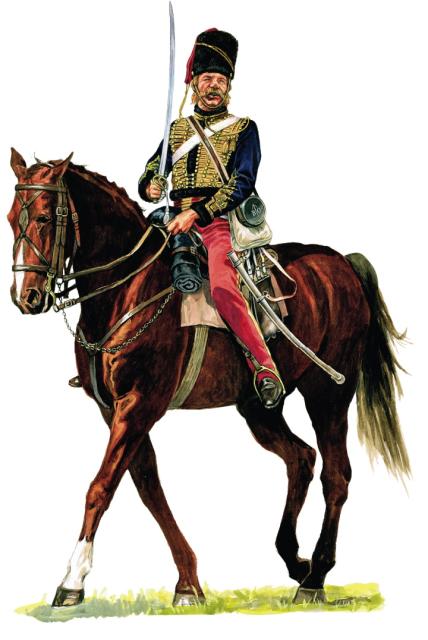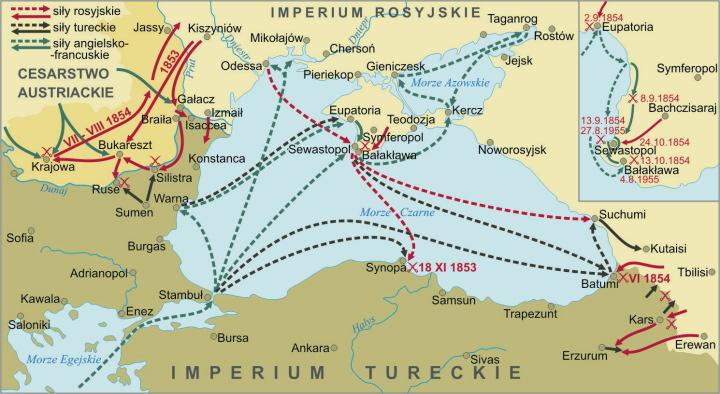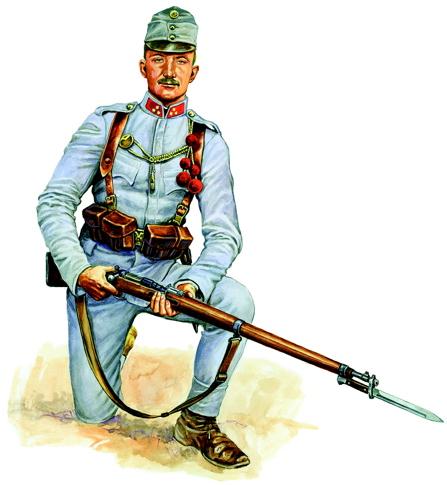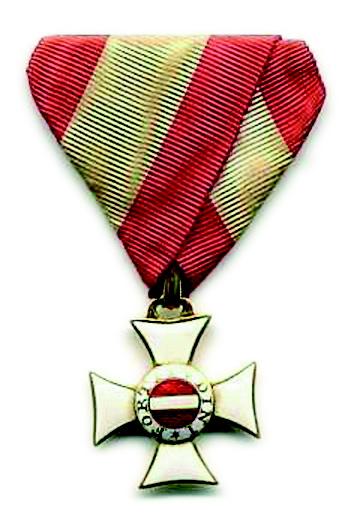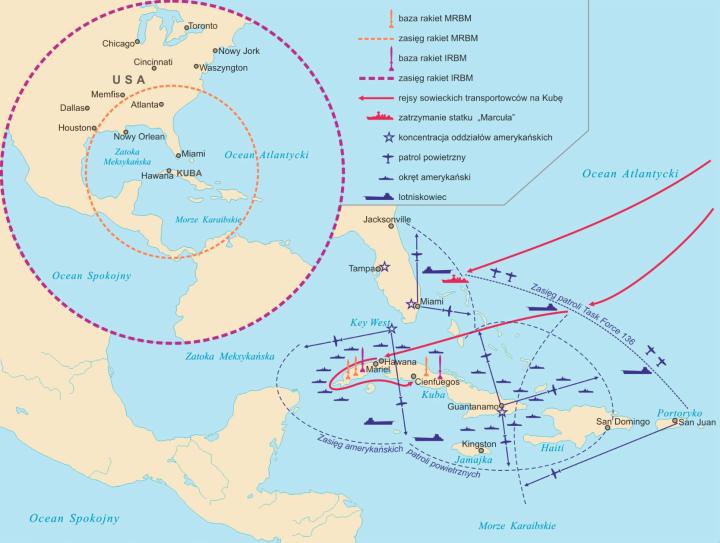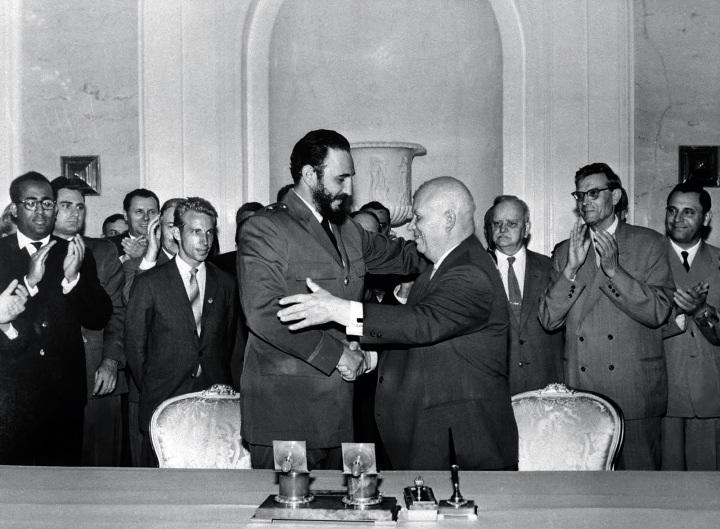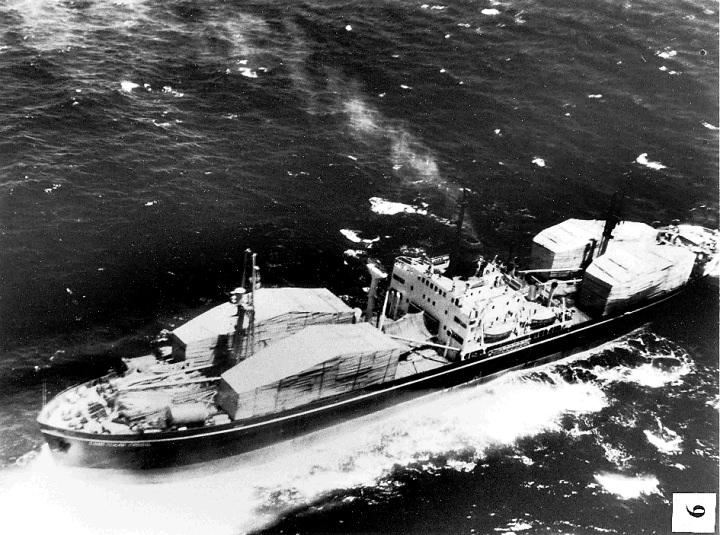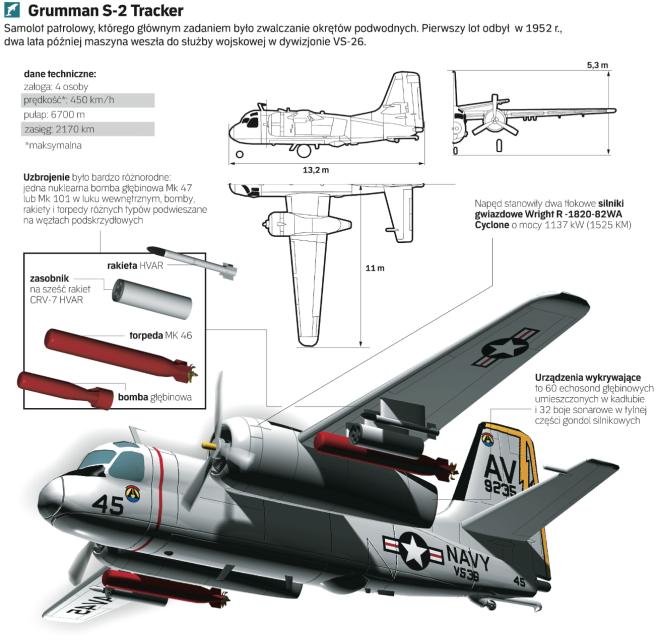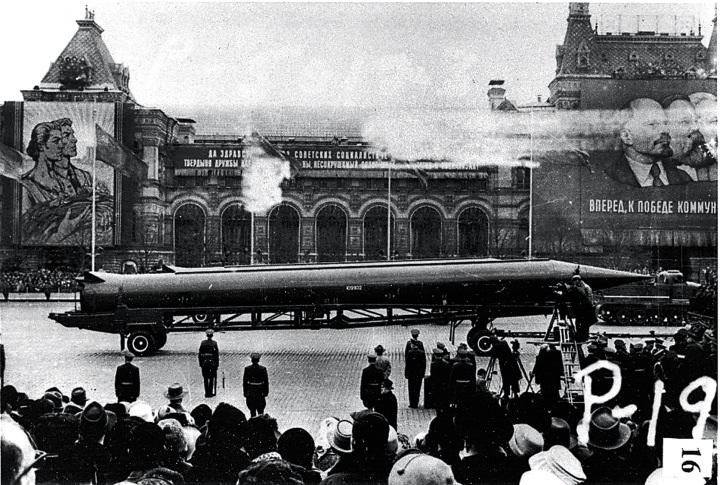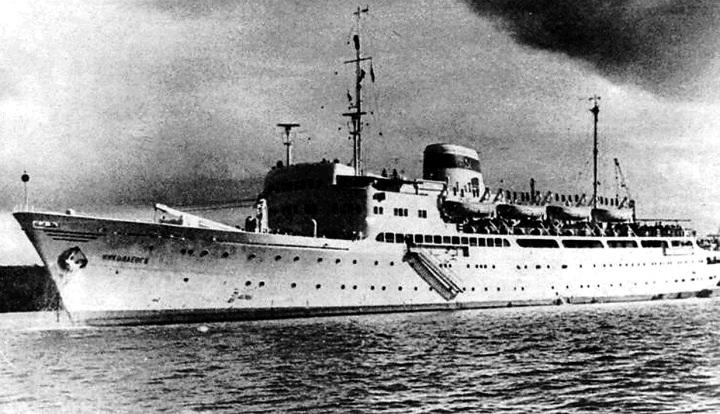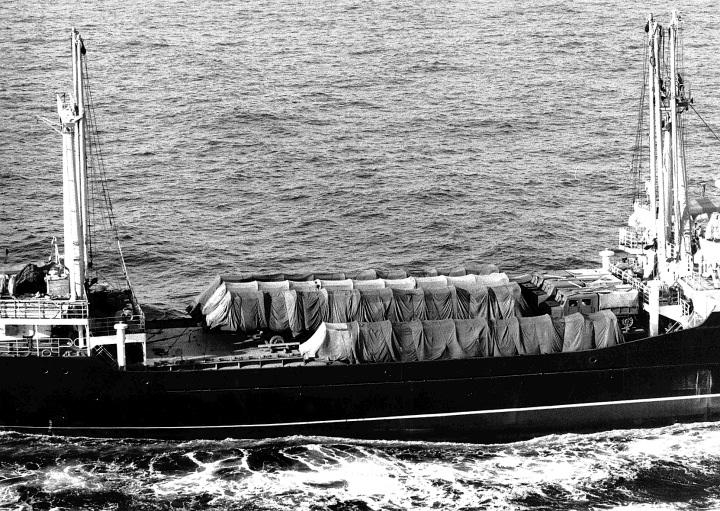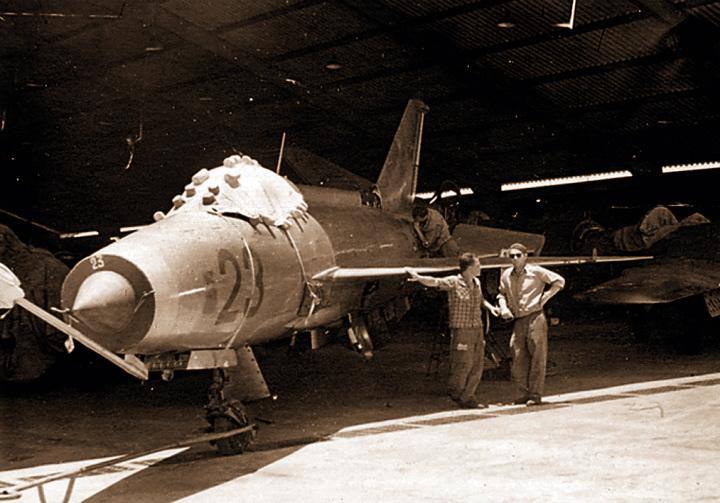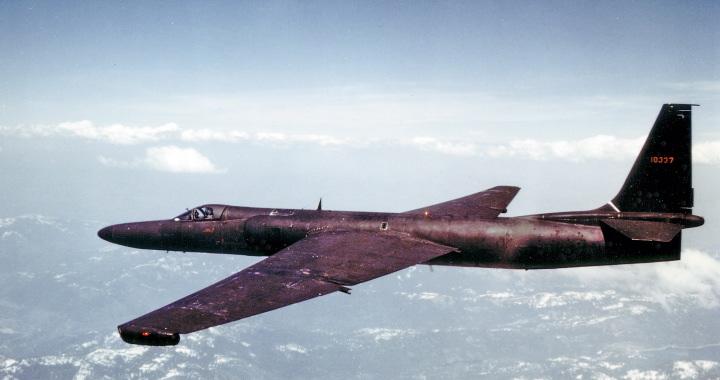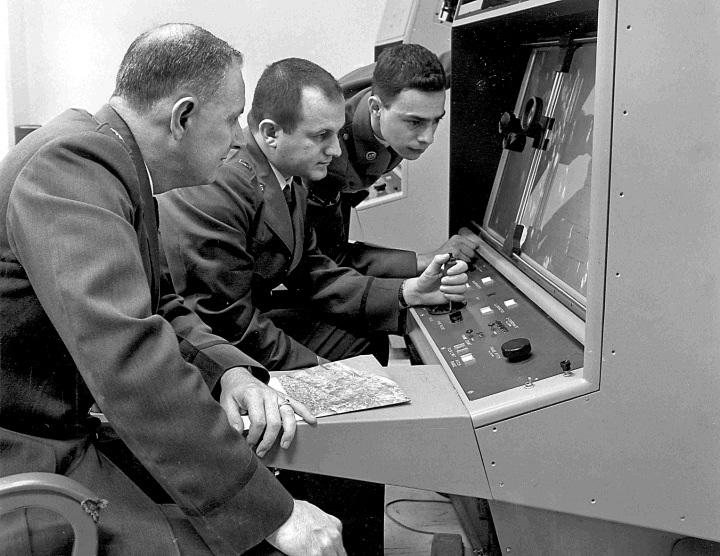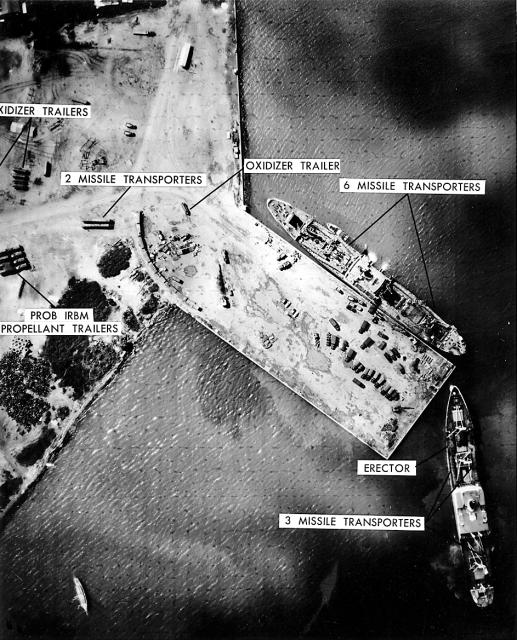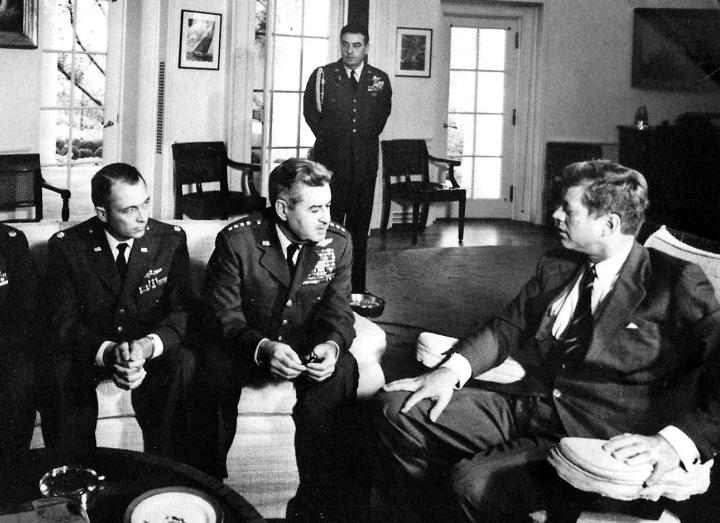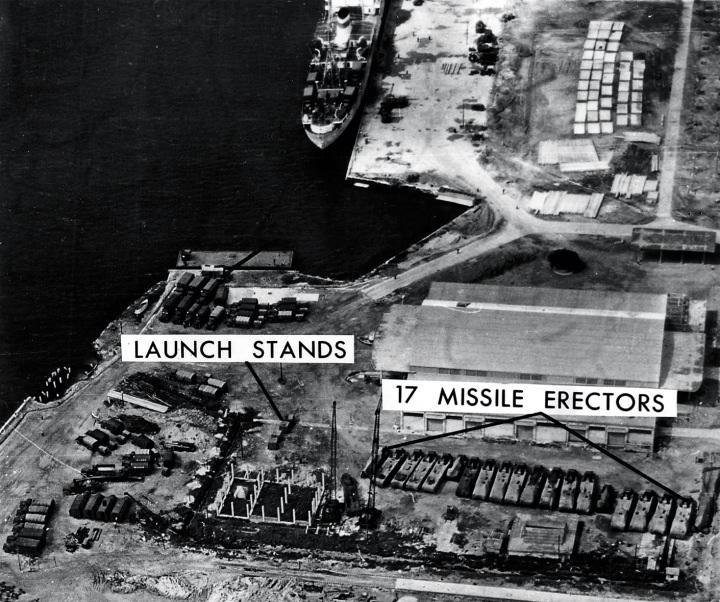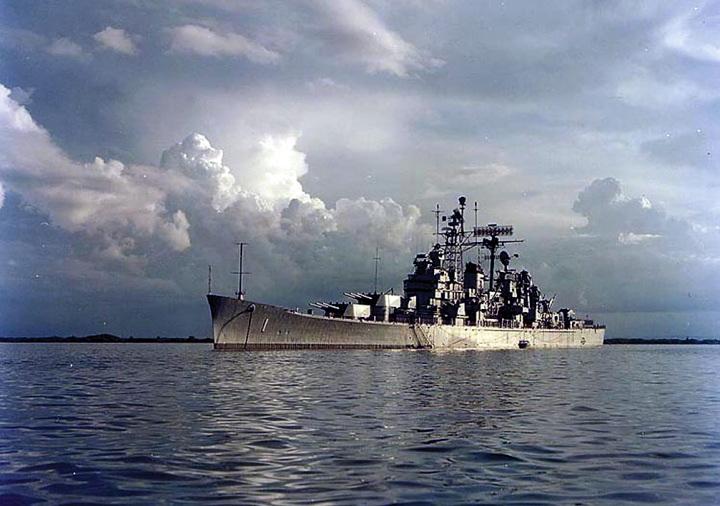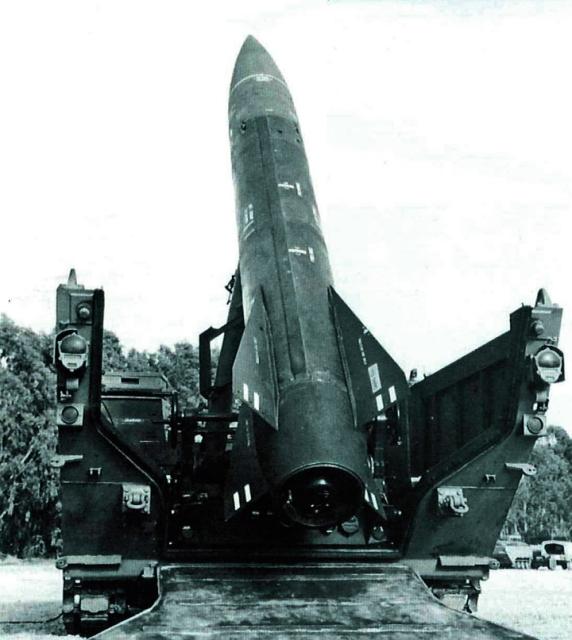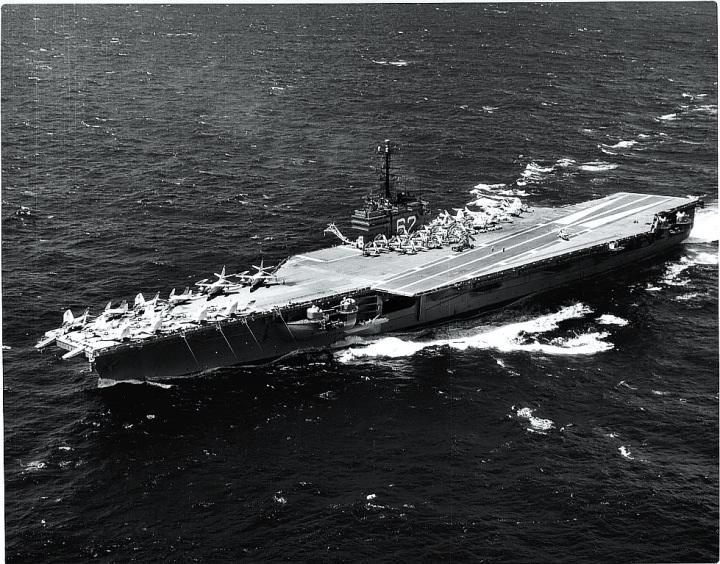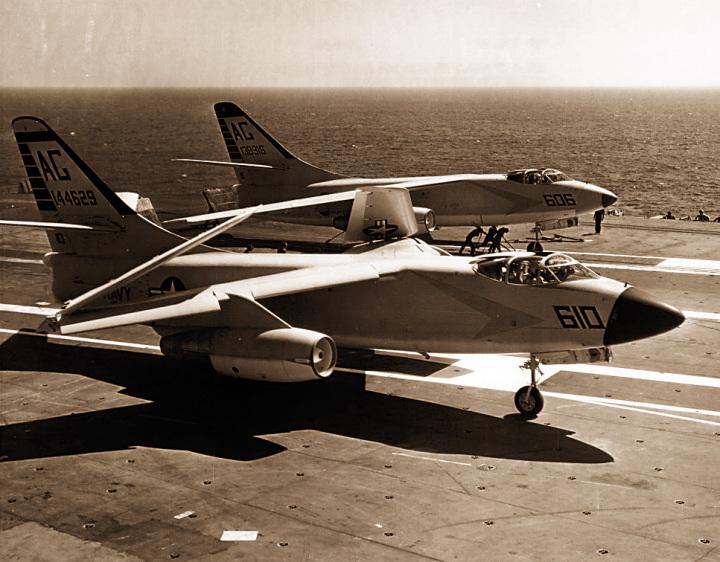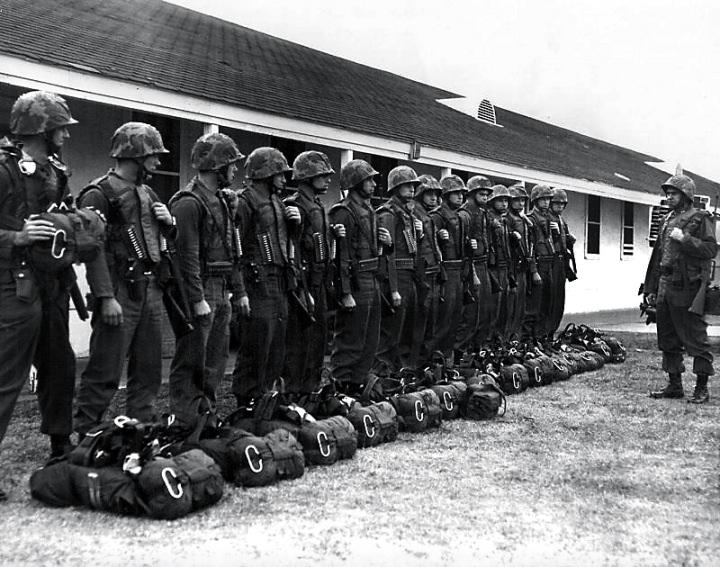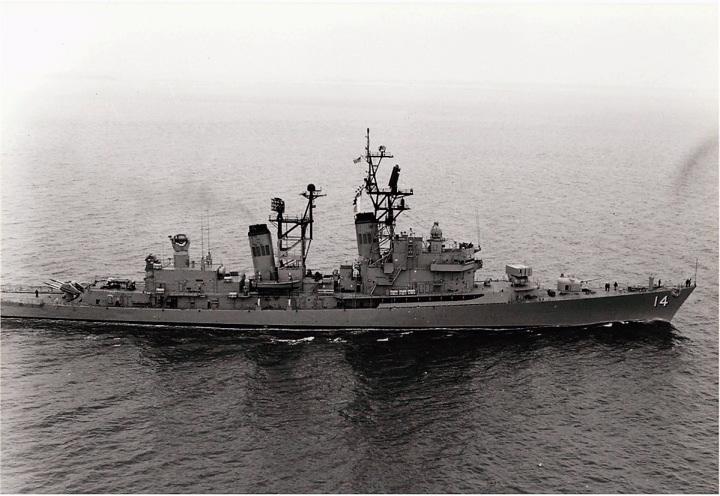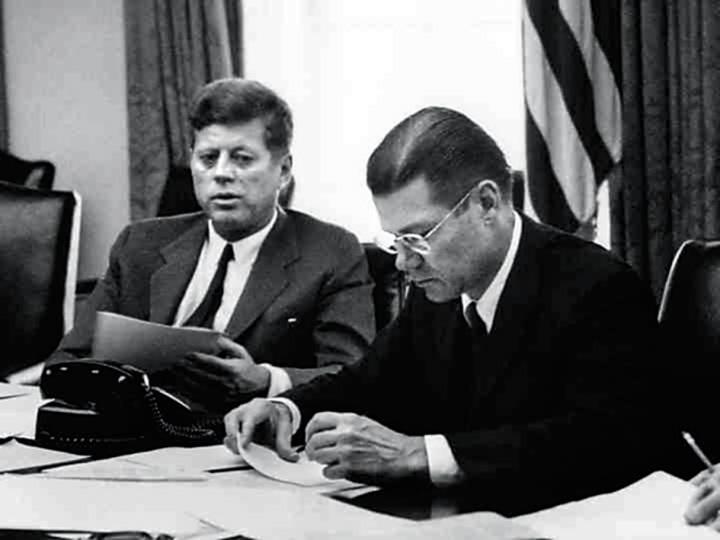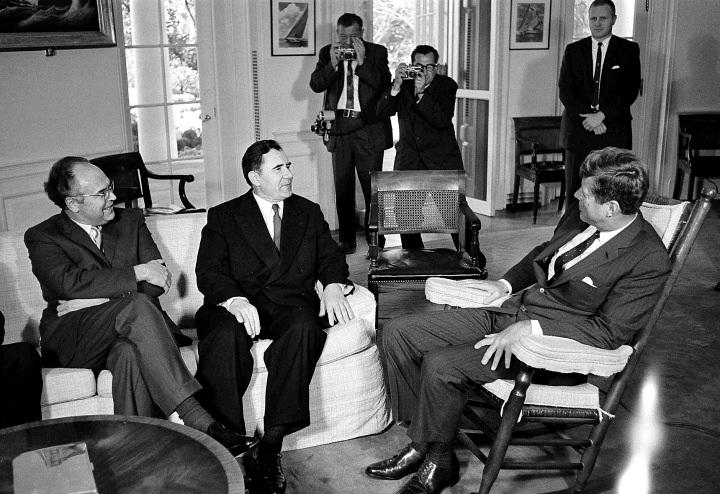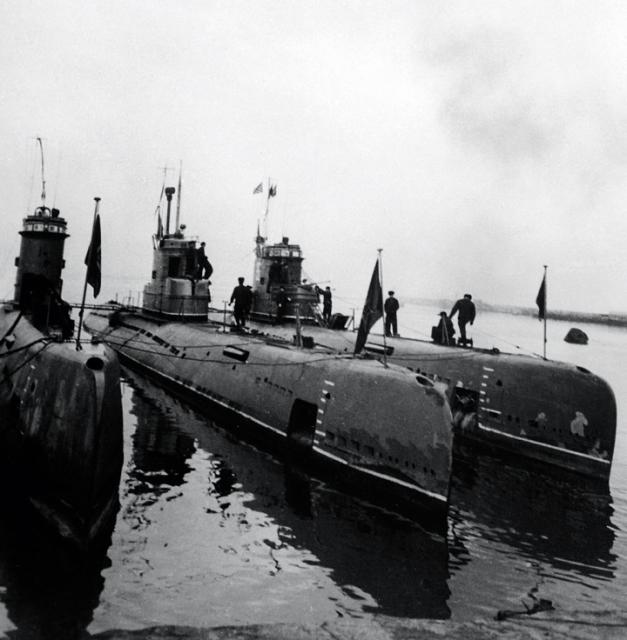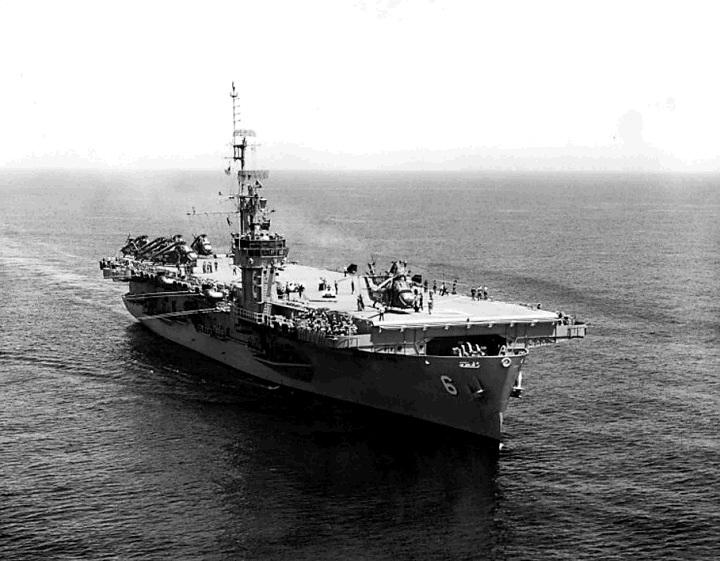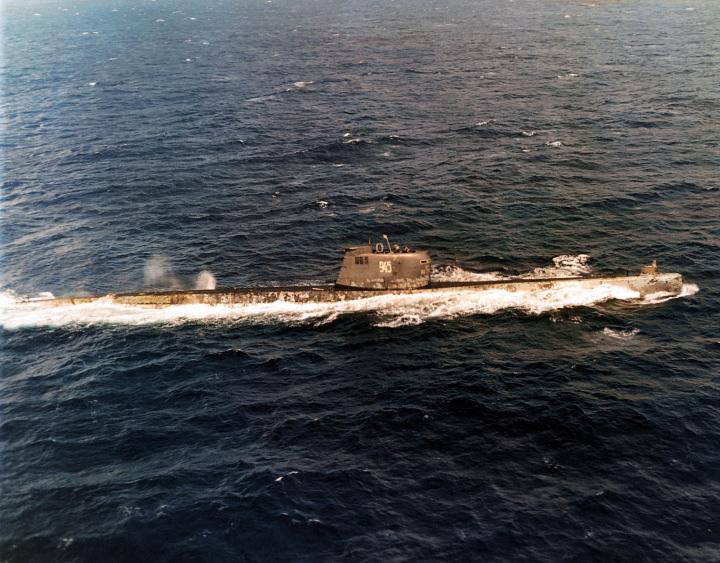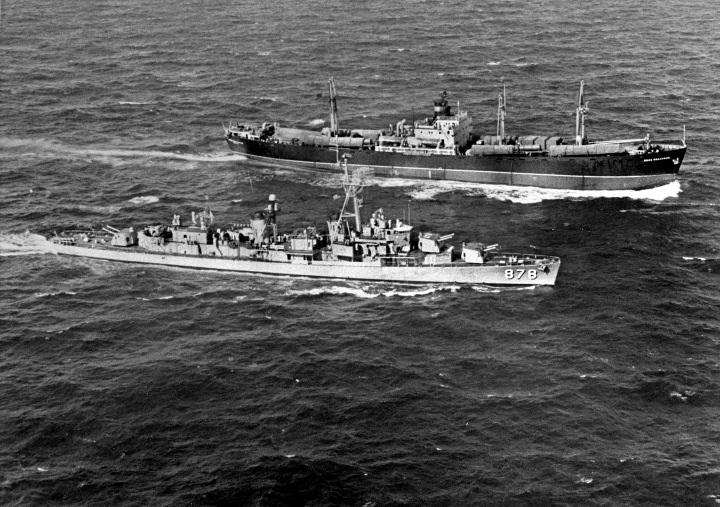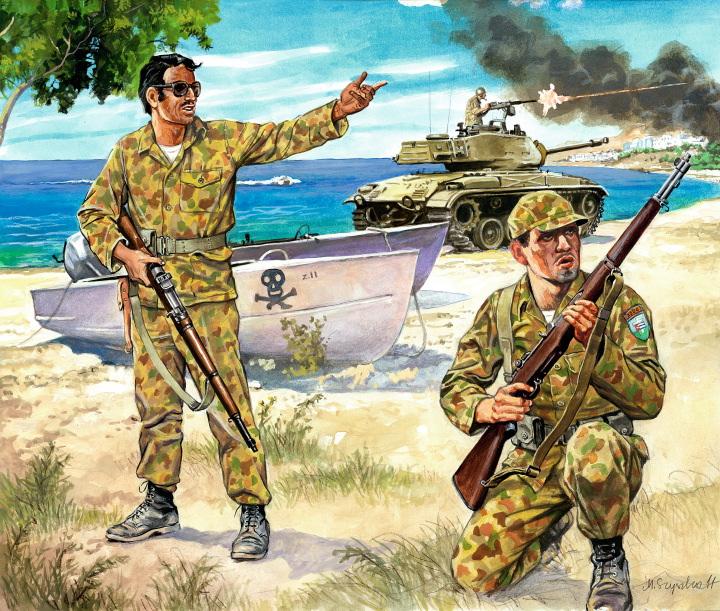in 1854 the Charge of the Light Brigade took place during the Battle of Balaklava, during the Crimean War (1853-56). William Howard Russell, a Times journalist and eyewitness, wrote in his dispatch of a “thin red streak topped with a line of steel”;
Monday, 25 October 2021
On this day in 1854
On this day in 1415
 Battle of Agincourt, 1415, from the 'St. Alban's Chronicle' (vellum) Battle of Agincourt, 1415, from the 'St. Alban's Chronicle' (vellum)
Battle of Agincourt, 1415, from the 'St. Alban's Chronicle' (vellum) Battle of Agincourt, 1415, from the 'St. Alban's Chronicle' (vellum)Yet it was so nearly a disaster for Henry V and his small, but well-equipped army. That army had sailed from Southampton Water with high hopes, the chief of which was the swift capture of Harfleur, which would be followed by a foray into the French heartland in hope, presumably, of bringing the French to battle. A victory in that battle would demonstrate, at least in the pious Henry’s mind, God’s support of his claim to the French throne, and might even propel him onto that throne. Such hopes were not vain when his army was intact, but the siege of Harfleur took much longer than expected and Henry’s army was almost ruined by dysentery.
Sunday, 24 October 2021
On this day in 1917
Battle of Caporetto, also called 12th Battle of the Isonzo, (October 24–December 19, 1917), Italian military disaster during World War I in which Italian troops retreated before an Austro-German offensive on the Isonzo front in northeastern Italy, where the Italian and Austrian forces had been stalemated for two and a half years. In the wake of the successful Austrian and German advance, more than 600,000 war-weary and demoralized Italian soldiers either deserted or surrendered
Austriacy odpierają granatami włoski atak nad Isonzo (obecnie Soczą w Słowenii), 1917 r.
Żołnierz piechoty austro-węgierskiej uzbrojony w karabin Mannlicher wz. 1895 z bagnetem
In May 1917 Italian Gen. Luigi Cadorna launched his 10th Battle of the Isonzo, but an Austrian counterattack in the Carso sector had retaken part of the small gains made by the Italians. The question of Allied cooperation on the Isonzo front was raised afresh without result, but Cadorna nevertheless, on August 17, initiated an 11th Battle of the Isonzo. Gen. Luigi Capello’s Second Army captured a large part of the Bainsizza Plateau (Banjška Planota or Banjšice) north of Gorizia, but a long-sustained effort brought no further success, and Cadorna was forced to break off the offensive on September 12. However, the modest Italian victory so strained Austrian resistance that, in German Gen. Erich Ludendorff’s words, “it became necessary to decide for the attack on Italy in order to prevent the collapse of Austria-Hungary.”
The rout at Caporetto
The organization and deployment of the attack in such mountainous country presented difficulties, but these were ably overcome. Guns were brought up mostly by hand and at night, and the infantry ascended by night marches with all their ammunition and supplies on pack animals. Thanks to skillful precautions and to the Italians’ limited air reconnaissance, the concentration was undiscovered. On October 24, after four hours of shelling with gas and one hour of general bombardment, the Battle of Caporetto began. Below’s forces pushed deep down the western slopes of the mountains, imperiling the Italian troops to both south and north. The lead units of Below’s force reached Udine, the former Italian general headquarters, on October 28 and the Tagliamento River on October 31.
The result surprised Ludendorff, who, with his slender forces, had not calculated on such distant objectives being attainable. Boroević was slow in pursuing the retreat of the Italian right, and when Ludendorff tried to switch part of his force to Field Marshal Franz, Graf (count) Conrad von Hötzendorf’s army flanking the north of the Venetian salient, on Below’s right, he was foiled by the inadequacy of the rail communications. Even so, total military collapse threatened, and Cadorna, with his centre broken, only saved his wings by a precipitate retreat to the line of the Piave River, covering Venice, some 70 miles (110 km) from the Isonzo front. On November 9 all the Italian forces were behind the Piave, except for 250,000 prisoners in Austro-German hands and nearly twice as many other casualties—killed, wounded, sick, or missing. The same day Cadorna was superseded in supreme command by Gen. Armando Diaz.
Consequences
The Allies had begun to rush reinforcements—a British and a French army corps—to Italy’s aid, and on November 5 their political and military chiefs arrived at Rapallo for a conference. Out of this sprang the Allied Supreme War Council at Versailles and, ultimately, a unified command.
The invaders had outrun their transport, and the resistance of the Italians, morally braced by the emergency, succeeded in holding the Piave in face of direct assaults from the Austrians. These assaults were combined with strenuous efforts to turn the Italian left flank on the Monte Grappa north of Bassano by an advance down the Brenta River from the Trentino. In this latter sector, however, Cadorna’s preparations for defense had long been initiated and had matured.
At the beginning of December 1917, the British and the French, who had been waiting in reserve in case of a fresh breakthrough, moved forward to take over vulnerable sectors, but the attack was renewed only in the north, and on December 19 it came to an end with the snows. Caporetto seriously damaged Italy but also purged the country, bringing about a change in military command and the formation of a new ministry, which reorganized the condition of the home front. The Central Powers’ victory was correspondingly ephemeral, because the attack lacked a strategic context.
Friday, 22 October 2021
On this day in 1962
in 1962 President John F Kennedy announced that the US was placing Cuba under naval blockade until the Soviet Union agreed to dismantle ballistic missile sites on the island;
Uścisk sojuszników Nikity Chruszczowa i Fidela Castro w Moskwie, 1963 r.
Sowiecka rakieta balistyczna R-12 podczas parady wojskowej na pl. Czerwonym w Moskwie, lata 60. XX w.
